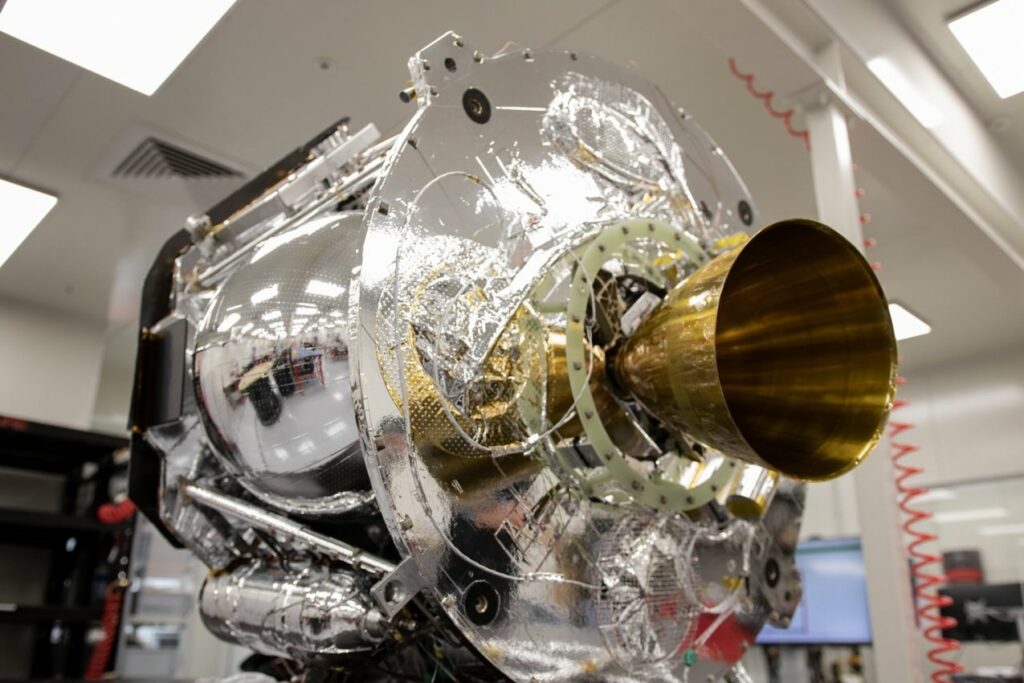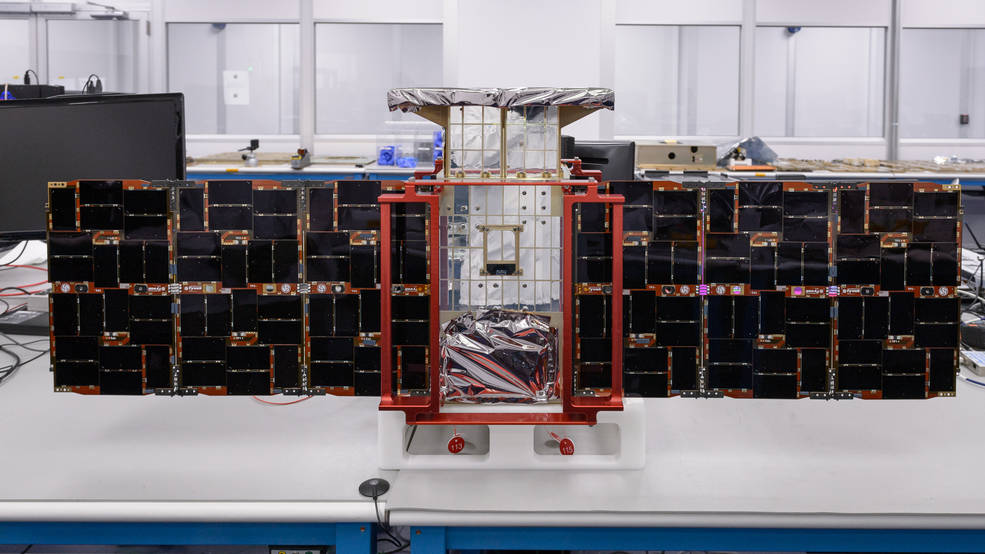Rocket Lab has published a timelapse demonstrating the installation of the Photon platform on the upper stage of the Electron rocket. It will be used for the company’s first interplanetary mission. Within its framework, Rocket Lab will send a CAPSTONE spacecraft to the Moon.
Next stop? Moon ????
Photon Lunar has been integrated onto Electron’s upper stage adapter at Launch Complex 1! This small but mighty spacecraft will set CAPSTONE on ballistic lunar transfer for @NASA and @AdvancedSpace. pic.twitter.com/q6H5N1cpda
— Rocket Lab (@RocketLab) May 31, 2022
Photon Platform
Photon is based on the upper stage of the Electron rocket. It has its engine, orientation and communication systems, solar panels for energy generation, as well as the ability to integrate additional components.

Photon can be used as a satellite. In this configuration, the customer provides all the necessary equipment, which is then installed by Rocket Lab specialists on board the platform. This allows them to save money by eliminating the need to build a separate spacecraft. The “satellite” version of Photon can take up to 170 kg of payload.
Another purpose of Photon is interplanetary missions. The platform can be used either as an interplanetary probe or as an upper stage for delivering spacecraft to other celestial bodies. To do this, a modified version of Photon is used, which has larger fuel tanks and more powerful engines. It can take up to 40 kg of payload.
CAPSTONE Satellite Launch
The CAPSTONE satellite (Cislunar Autonomous Positioning System Technology Operations and Navigation Experiment) was developed by Advanced Space and Tyvak Nano-Satellite Systems by order of NASA. The device is built on the basis of the 12U CubeSat Platform, its weight is 25 kg.

The main task of CAPSTONE is to check the orbit to which the Gateway lunar orbital station is planned to be launched in the future. Another mission objective is to test an autonomous navigation system.
Currently, the launch of CAPSTONE is scheduled for June 13. After the separation of the satellite, Rocket Lab plans to use the vacated platform to fly around the Moon. This operation will be a kind of prelude to the missions scheduled for 2023, in which Rocket Lab plans to send Photon to Venus.
Follow us on Twitter to get the most interesting space news in time
https://twitter.com/ust_magazine

